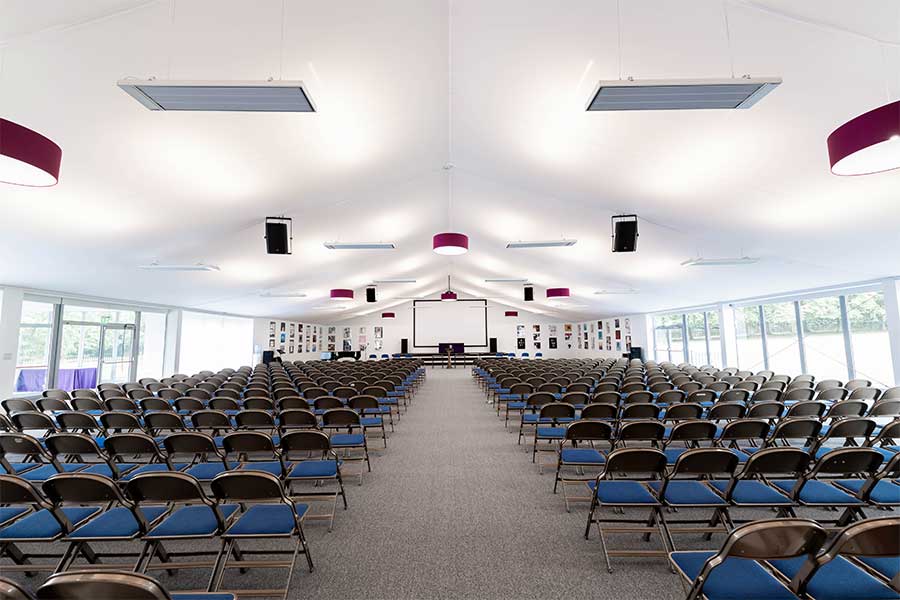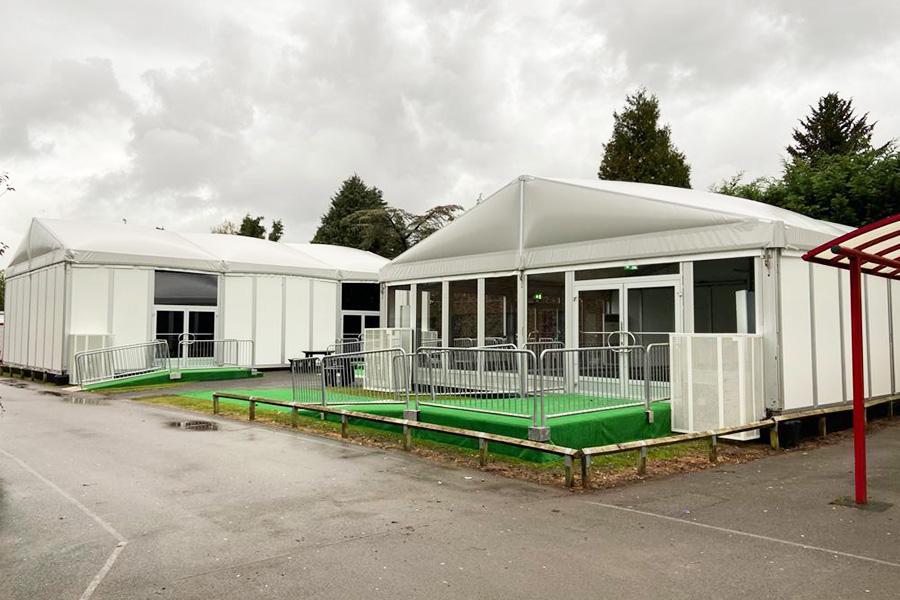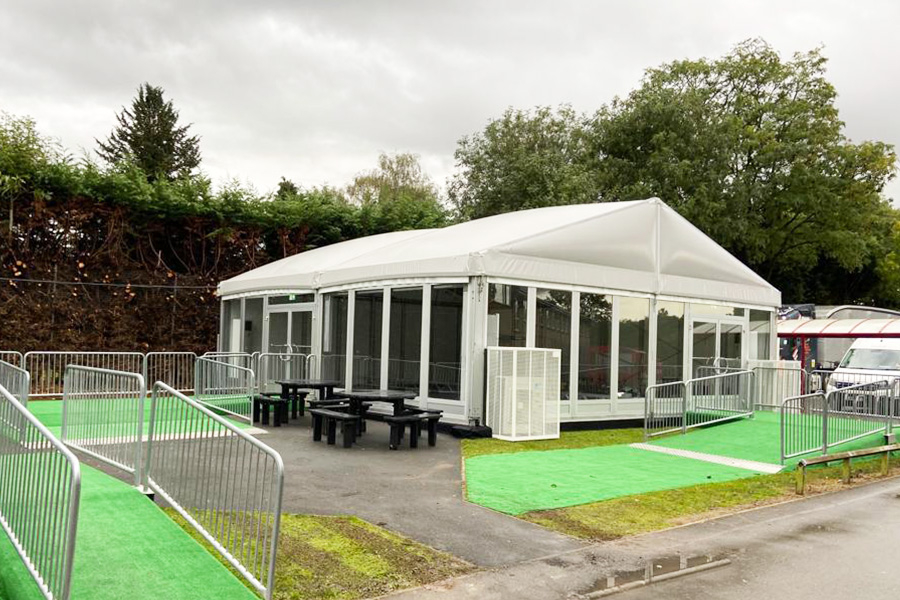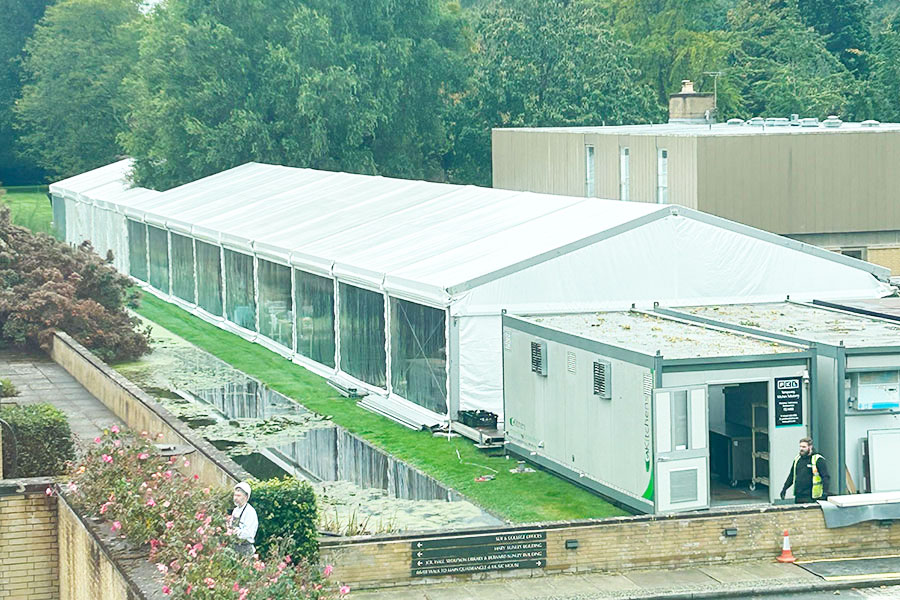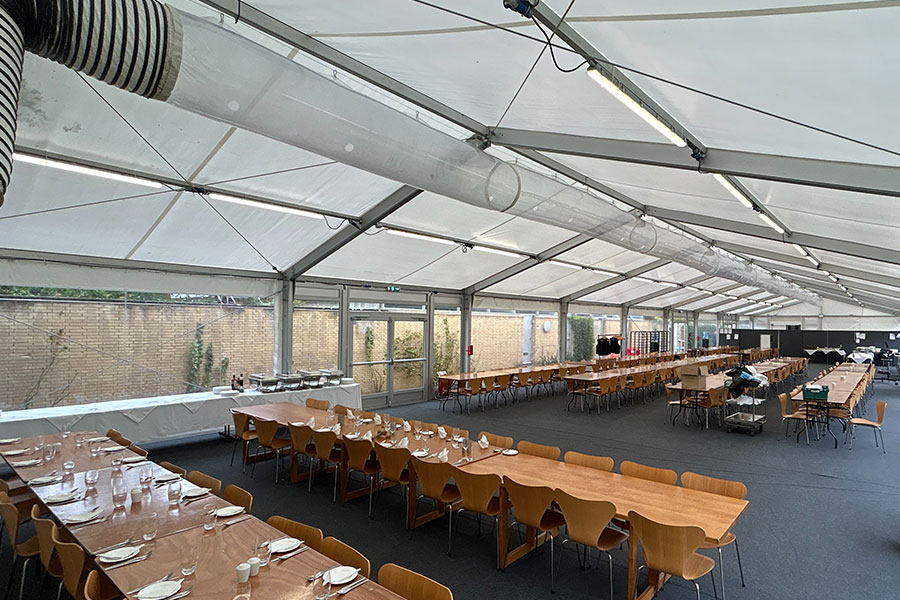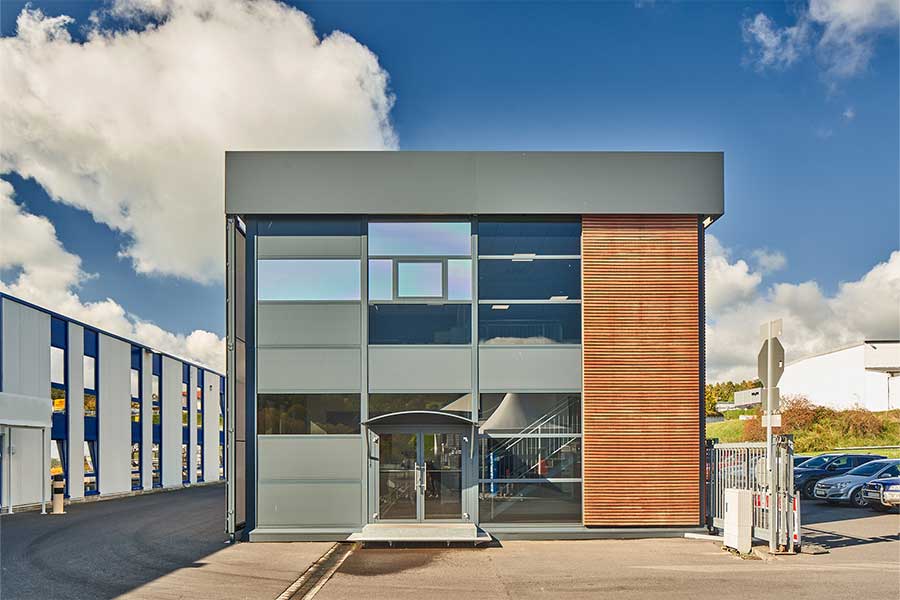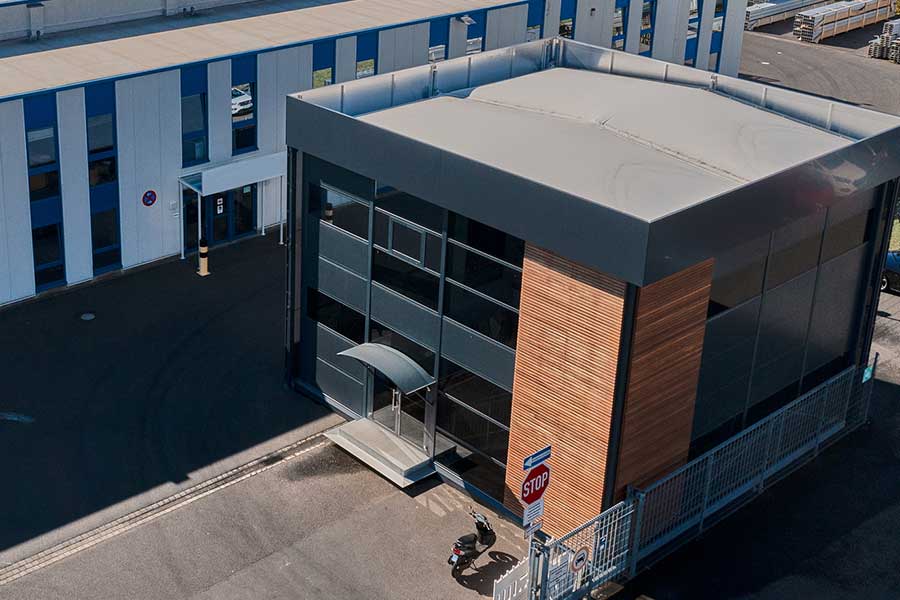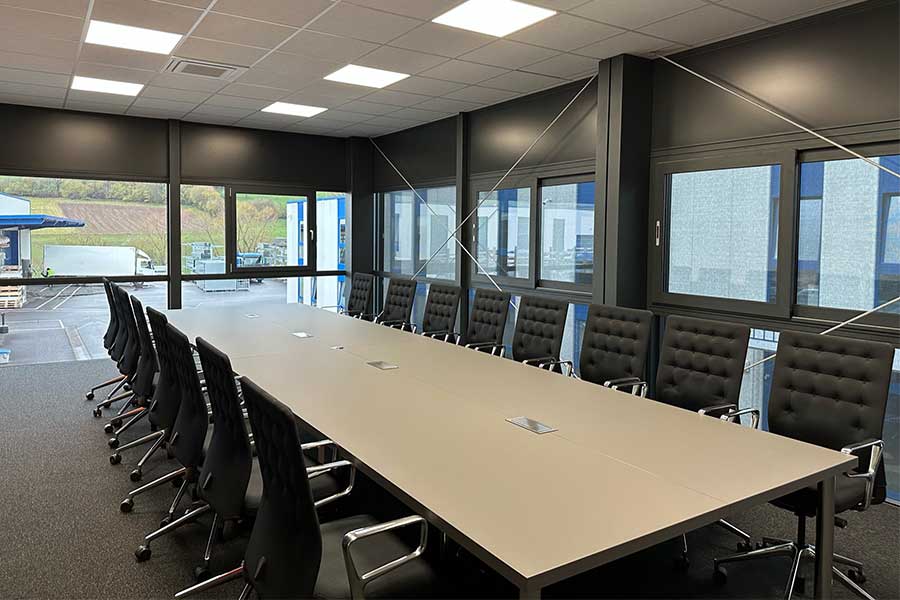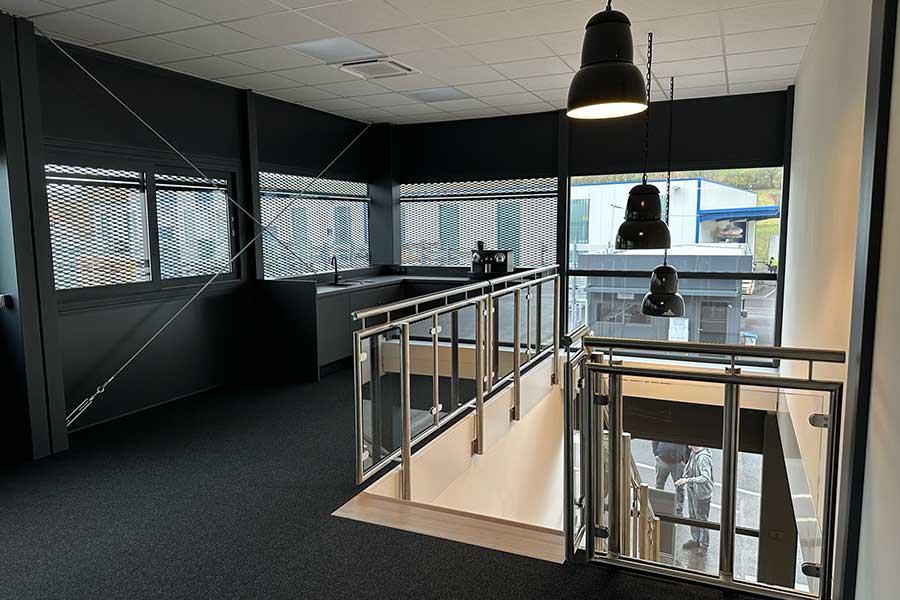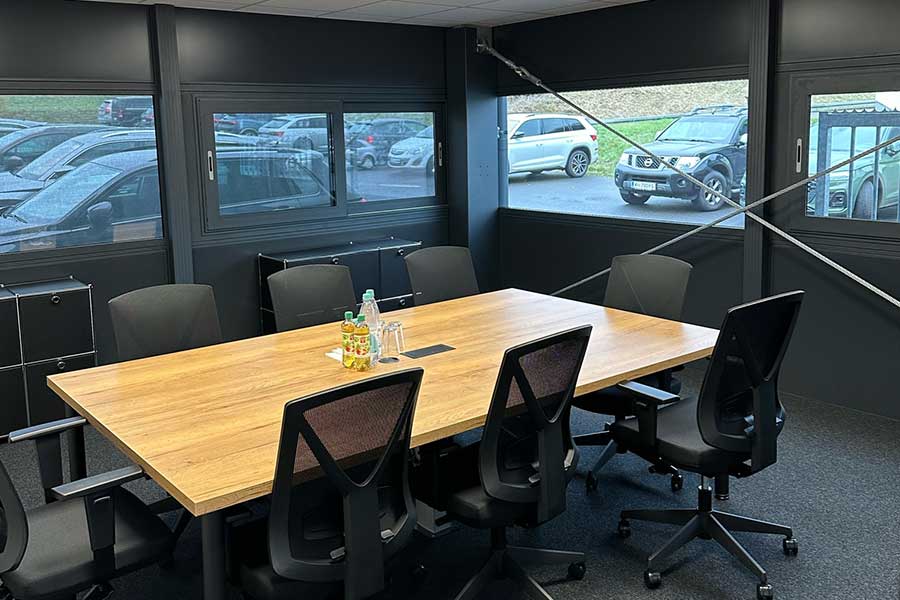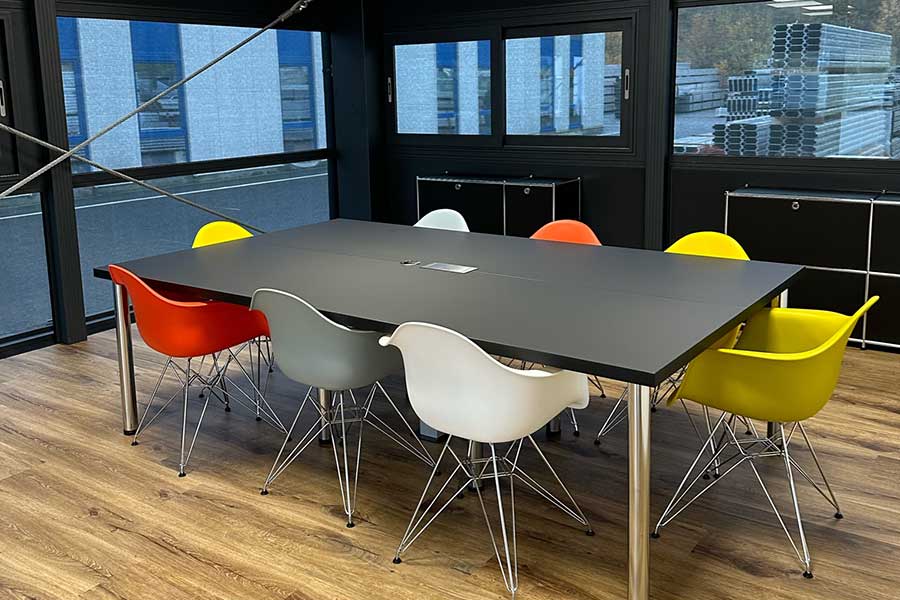Who is being affected by RAAC?
What is the problem with RAAC concrete?
In the 1990s, structural engineers began to realise the concrete wasn’t lasting its supposed lifetime, seeing weakening of the material due to its ease of moisture absorption. The steel reinforcements within also began to corrode with this test of time due to the build up of moisture.
Now due to recent report of a roof collapse in a UK primary school, the UK Government property agency declared “RAAC is now life-expired and liable to collapse”.
Who and what else is at risk of RAAC?
Following the recent news of disruptions across the education sector with schools and universities facing closures due to RAAC it has also become apparent that RAAC is not just exclusively found in those sites but also affects many other buildings such as hospitals, public buildings and offices, factories and theatres. Any buildings constructed using RAAC between the 1950s to the 1990s face the unfortunate risk that they too could be potentially exposed to these similar disruptions.
Not all buildings constructed with RAAC are at a maximised risk of collapse, due to only small amounts of RAAC found within certain areas of the structures, some however still face risks of collapse and face potential closures and other disruptions. The Government have however pointed to the importance of maintaining constant supervising of these at risk areas. In the mean time a lot of the organisations affected are considering potential temporary options to fall upon if needed.
How can temporary buildings help with the RAAC crisis?
Temporary buildings can offer support in housing extra temporary space providing safe and efficient solutions to places such as offices, public buildings, hospitals, theatres and factories.
The flexibility of a temporary structure is one of its main advantages and is the reason many organisations affected by RAAC have opted to use one. The placement, size, ability to relocate and alter and the rapid build times related to temporary buildings provide an effective solution to the RAAC crisis.
How can Fews temporary buildings help?
Fews can quickly provide temporary buildings that offer safe, effective spaces for areas experiencing problems around the RAAC crisis. Fews temporary buildings have years of experience in working closely with hospitals, schools, universities, factories, public organisations to provide temporary buildings across the country.
In the past Fews have had extended experience in operating in times of crisis such as covid-19 when we provided solutions to help cope with the effects implemented by the virus. We are highly accredited to work within these sectors and take pride in maintaining these standards so that we can carry out the essential and important work we do.
Fews work hard to maintain their sustainability goals and take measures to improve their sustainability where possible, providing not only suitable spaces but also sustainable temporary solutions.
A Fews temporary building can provide flexibility with the size of the structure and the opportunity to relocate the structure itself if needed as well as the possibilities in terms of placement of the structure. Whether its on grass area or a car park Fews can provide a temporary structure that works for you while you face these uncertain times.
In terms of cost, Fews temporary buildings provide flexible renting opportunities as we are aware that these uncertain times provide challenges when it comes to the time frame the structure may be required.


